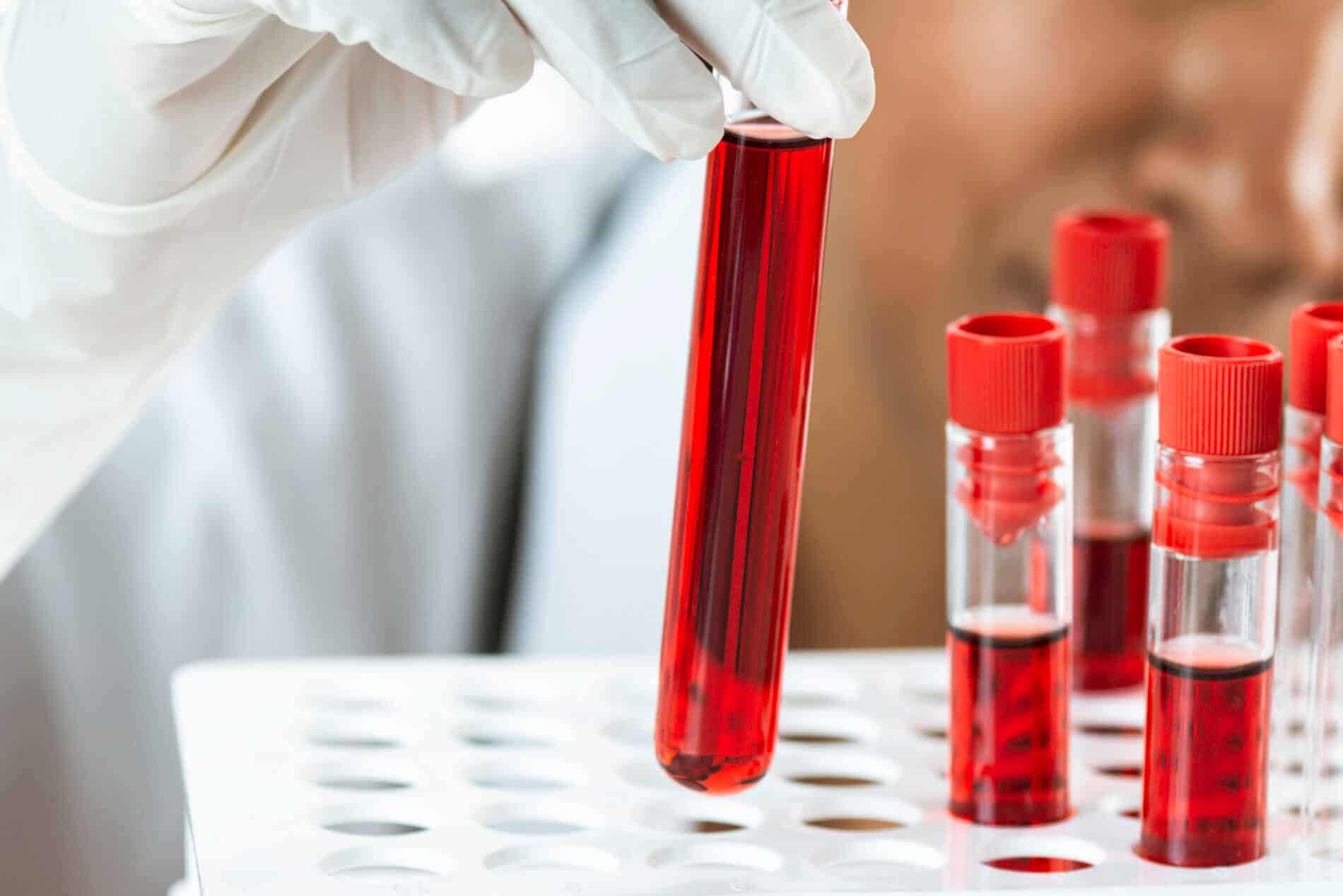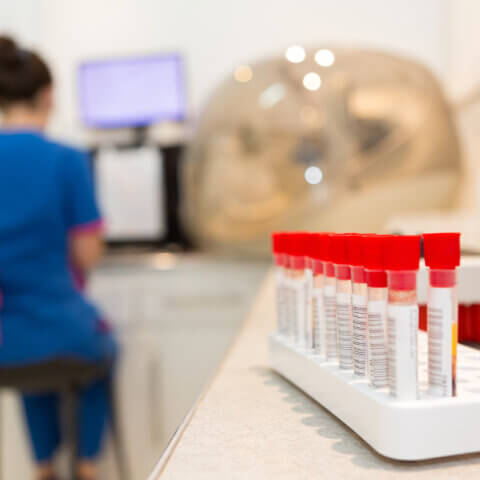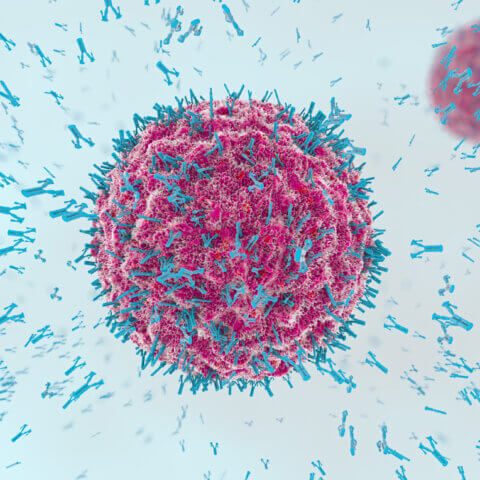Last Updated: October 24, 2024, 1 pm UTC
Laboratory-developed tests (LDTs) have played a critical role in healthcare for decades, providing clinicians with diagnostic insights tailored to specific patient needs. Historically, these tests, developed and used within individual laboratories, have operated under the oversight of the Centers for Medicare and Medicaid Services (CMS) through the Clinical Laboratory Improvement Amendments (CLIA). The FDA, though responsible for regulating medical devices, largely exercised “enforcement discretion” when it came to LDTs.
However, with the explosion of more complex genetic and molecular diagnostics, the FDA has increasingly voiced concerns about the accuracy, reliability, and safety of some LDTs. As a result, the agency has moved toward a more structured regulatory approach, culminating in the phaseout of its lenient oversight. Over a four-year period, the FDA’s phaseout will be broken into five stages (see Table 1), each bringing new requirements for labs to meet.
This blog provides an overview of the components of stage 1, effective May 6, 2025, and offers practical guidance to ensure compliance.
Table 1: The 5 Stages of the FDA’s Phaseout Policy for LDTsi
| Stage | Deadline | FDA Expectations |
| 1 | May 6, 2025 | Compliance with medical device reporting (MDR), correction and removal reporting, and quality system (QS) requirements regarding complaint files |
| 2 | May 6, 2026 | Compliance with requirements not covered during other stages of the phaseout policy, including registration and listing, labeling, and investigational use requirements |
| 3 | May 6, 2027 | Compliance with QS requirements (other than those regarding complaint files which are addressed in stage 1) |
| 4 | November 6, 2027 | Compliance with premarket review for high-risk IVDs offered as LDTs, unless a premarket submission is received by the beginning of this stage |
| 5 | May 6, 2028 | Compliance with premarket review requirements for moderate-risk and low-risk IVDs offered as LDTs, unless a premarket submission is received by the beginning of this stage |
Stage 1: A focus on managing potential issues
Today, many LDTs closely resemble commercial In Vitro Diagnostics (IVDs) in both scale and risk. To create a more level playing field between these two test categories, labs must comply with several new regulations related to medical device reporting, corrections, and quality system (QS) requirements, particularly for complaint handling. These are the first steps to bringing LDTs into FDA oversight, laying the foundation for more robust regulations in future stages.
Expanding medical device reporting
Labs with LDTs must already adhere to regulations requiring reporting issues for users of the medical devices, which are summarized in 21 CFR 803 Subpart C. These duties largely include reporting adverse events, including the cause and effect. Under the FDA’s final rule on LDTs, however, labs must now also comply with Subpart E of 21 CFR 803, or the Manufacturer Reporting Requirements, meaning that labs must also take on the role of a “manufacturer.”
This expanded scope and responsibility requires labs to report adverse events from the perspective of the entity creating the test, not only as users of the test. This includes submitting adverse event reports detailing any issues with the LDT that could impact patient safety, encompassing 5-day reports when necessary. These reports, although rare, relate to a problem that poses an immediate threat to health. Finally, labs must also submit follow-up reports after an initial adverse event report if more information becomes available.
Beyond reporting the issue: Corrections and removals
In addition to the new responsibilities for medical device reporting, stage 1 also requires labs to comply with 21 CFR 806, which covers corrections and removals. This rule outlines the process for reporting any actions taken by labs to correct or remove a defective test. These actions are required if the test could potentially cause harm to a patient’s health.
For instance, if a lab discovers that one of its LDTs is providing inaccurate results, it must take immediate steps to correct the issue. If the problem is significant enough, the lab may need to withdraw the test from use and notify the FDA about these actions. Labs should familiarize themselves with the specific procedural requirements of 21 CFR 806 to ensure they are prepared to report corrections and removals quickly and efficiently.
Complaints and quality: Preparing for ISO 13485:2016
Stage 1 also includes quality system (QS) requirements related to complaint files. Specifically, labs will need to adopt a more structured approach to handling complaints about their tests. This is where the FDA’s plan to adopt ISO 13485:2016 becomes important.
By February 2026, the FDA plans to integrate ISO 13485:2016 into its Quality Management System Regulation (QMSR). This international standard outlines best practices for managing the lifecycle of a medical device, including LDTs, and emphasizes strong complaint handling processes. Labs should begin aligning their quality systems with Section 8.2 of ISO 13485:2016, which covers how to handle complaints, including the recording and investigation of complaints, analyzing the root cause, and taking corrective actions. Further, labs should ensure that their Corrective and Preventive Action (CAPA) system is well-integrated with the complaint-handling process.
The journey starts now
Stage 1 of the FDA’s LDT phaseout policy is just the beginning. By focusing on meeting the requirements now, labs will be better positioned to handle the next steps in the phaseout process. In addition to staying compliant, following these new rules can also help improve the overall quality and safety of LDTs, ultimately benefiting the patients they serve.
___
Premier Research brings decades of experience in supporting the development of LDTs and IVDs. If you are seeking a partner who can help you navigate these regulatory changes, contact us.

 Webinar
Webinar 


 Perspectives Blog
Perspectives Blog 